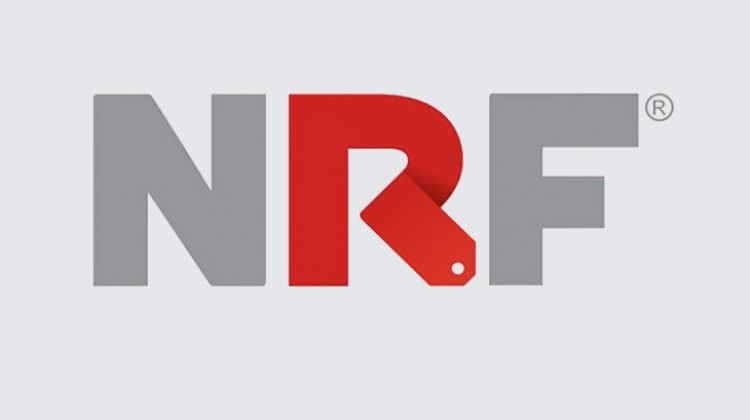Economy 'has been more resilient than expected'

WASHINGTON – Slower growth in wages and job creation are expected to weigh on consumers in the months ahead, according to the National Retail Federation, which nonetheless foresees an increase in spending in 2024 but at a rate slightly below overall economic activity.
“Consumers were in decent shape heading into the holiday season, but the labor markets, while unlikely to unravel, do look likely to cool, which would impact consumer expectations and, in turn, affect spending decisions,” Jack Kleinhenz said today in NRF’s “Monthly Economic Review” for February.
Kleinhenz said he is keeping an eye on policymakers at the Federal Reserve for clues about where the economy might be headed. After raising interest rates to their highest level in more than two decades, the Fed is widely expected to begin bringing rates back down at some point this year.
“Federal Reserve officials have tough policy choices ahead as they decide on what to do and when,” Kleinhenz said. “There is still a risk that keeping rates too high could curb the economy’s momentum more than necessary. Yet if they lower rates too soon, it could allow the economy to re-inflate and make it harder to contain inflation pressures.”
While the Fed left interest rates unchanged this week, the central bank has said consistent and cumulative evidence of inflation easing is necessary before rate cuts will be considered, he said.
The economy “has been more resilient than expected” and shows “no sign of a recession,” Kleinhenz said, citing the 3.3% annual growth in gross domestic product for the fourth quarter and 2.5% for the year. Disposable personal income was up 6.9% year over year in December and retail sales as defined by NRF – excluding automobiles, gasoline stations and restaurants to focus on core retail – were up 3.3%. November-December holiday sales were up 3.8% over 2022, easily meeting NRF’s forecast for 3-4% growth.
Productivity sharply accelerates
Kleinhenz said part of the recent pace of economic growth and lower inflation may be explained by a sharp acceleration in productivity. Nonfarm productivity, which measures hourly output by worker, increased at an annual rate of 5.2% in the third quarter, its fastest growth in three years. Gains in productivity help mitigate inflation fueled by supply issues in particular because producing more goods and services in a shorter time reduces unit costs and raises supply.
Kleinhenz noted that the Bureau of Labor Statistics recently introduced experimental measurements of retail output and labor productivity intended to provide a fuller understanding of the industry given significant changes such as many retailers developing their own e-commerce platforms, fulfillment centers and distribution networks.
He cited analysis by Harvard Business School’s Ananth Raman, who has examined the new data and says retail productivity has outperformed nonfarm productivity as a whole and has exceeded manufacturing productivity in particular. Gains in productivity have been uneven, however, with clothing stores increasing sales per hour of labor dramatically while grocers have seen only small increases.
While productivity growth offers positive news regarding economic growth and the goal of reducing inflation, there is not enough evidence to be sure it will continue, Kleinhenz said.
“Weaker job and wage growth would provide part of that evidence and support shifting toward rate cuts to support the economy,” Kleinhenz said. “On the other hand, if hiring slows too much it could challenge the economy and strain many households further given how long they have been dealing with high inflation. Striking the right balance remains the challenge.”




You must be logged in to post a comment Login